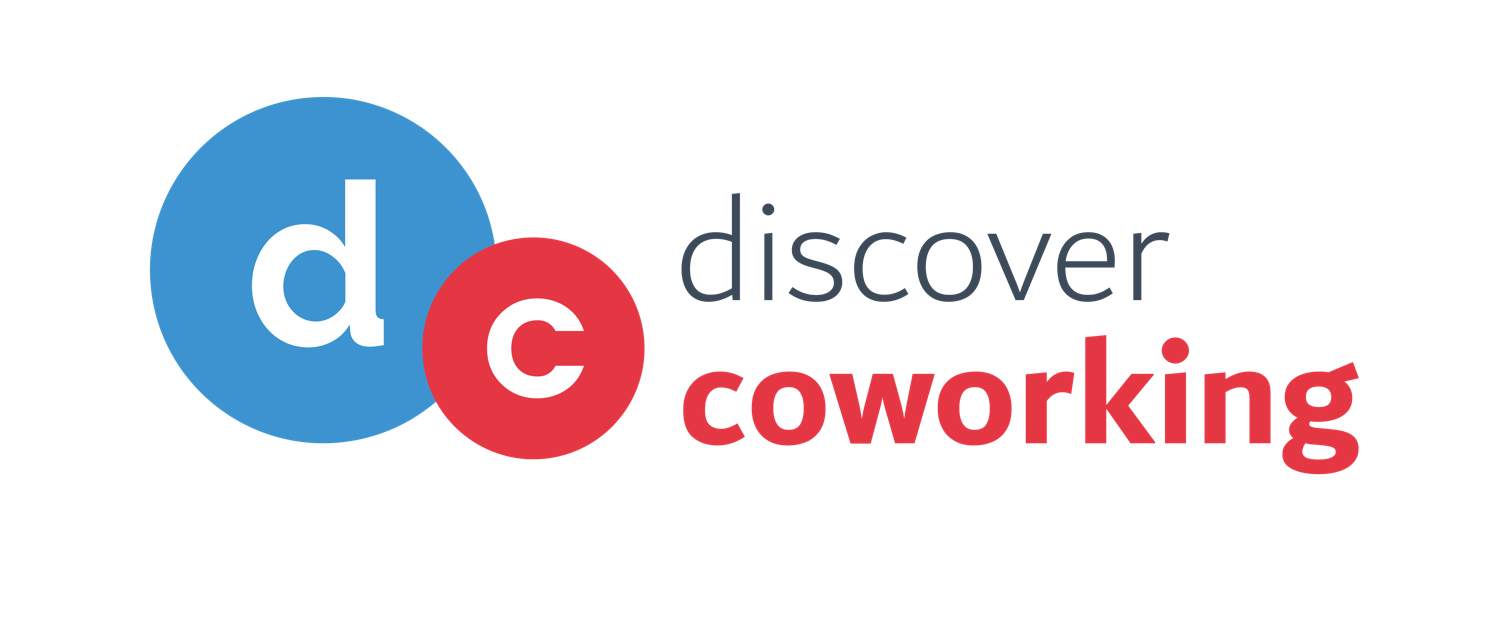The second day of the three-day-long annual GCUC USA’17 had an unconference with a renowned name in the coworking industry – Ashley Proctor. She is the founder of Creative Blueprint, co-founder of Coworking Toronto and Coworking Ontario. She is also the executive director of 312 Main Project in Vancouver and GCUC Canada.
The session began with the audience introducing themselves citing own name, place of origin and current activities regarding coworking.
Megan Johnson of Social House raised a question about how can a community manager help a company under their community grow, if s/he does not have any background knowledge of that company’s business area. Ashley responded, in coworking, it is never about the business. It is about the connection and trust with the people in that company. Therefore, gathering relevant information on individuals in their community can help managers strengthen the bond with their members.
Then Megan shared the efforts she made as the community manager for her company – creating a unique connection with each of the members, helping them interview their potential employees, looking over their website sometimes. Her efforts also extended to implementing the requirements mentioned by other companies’ job descriptions for community managers.
Following that, an audience member shared the stress she faces on a daily basis being the only community manager in the space of 500 members. She toggles around the saturation point and therefore often fails to support the members as well as she wants to.
Recruiting Community Managers- What to Look For?
Ashley then explained her whole hiring process with the audience, step by step. First, she makes sure the job description accurately defines the actual requirements. It has to cover each area of responsibility the potential employee will touch. Then she writes a lucrative ad based on it, such that the right person knows s/he is the right fit while reading it.
Multi-Tasking
The shortlisted people then have to go through 2-3 interviews in person, and the final interview is a long one. Candidates are required to come to her space and work with the members for an entire day. Ashley gives them a long list of tasks without giving them a deadline so that she can see how the candidate multitasks.
These tasks include writing blog posts about coworking and a scavenger hunt of sorts. The quest involves finding 3-5 people identified by Ashley, meeting them, learning about them and reporting on them. She also takes feedback from the members to evaluate the candidates.
Customer Service Skills
She mentions that the people who are great at interviews do not always turn out to be the right ones and vice versa. Her interviews include in-depth questions and a prioritization exercise where the candidate has to choose which task to handle first in a given situation of multiple simultaneous emergencies.
This process helps her figure out if the person has excellent customer service skills and if s/he can keep track of all the given tasks. She also makes sure to put these individuals in the busiest areas of the space so that they know how much they have to handle.
Traditional approach can make it difficult for community managers
Mila Baker from New York with 15 years of experiences reminded all community managers to not overwhelm themselves by trying to do everything and serve everyone. She suggested them to find a strategy early on to manage the things to do, which might involve finding a network of people who can help. Coworking is all about remaking organizations into networked communities. So following the traditional organizations’ work process will make these managers burn themselves without getting anything done.
Community Manager’s Salary
Sajid Islam of Hubdhaka Coworking, Bangladesh asked about the ideal pay figure for community managers. Ashley made an estimation and said if the manager operates as a business owner then the typical range would be 60-65. Whereas, if s/he serves as a manager who never touches the financials then the range is between 40-50.
Work Membership
Megan was asked about how work membership is handled in her space. She explained that two girls have work memberships. They are the ones who will be called to fill in for her whenever Megan is out of town. They are as trained as she is and have previous experiences, so everything goes smoothly even in her absence.
Managers: Members
When asked about the ideal ratio of managers tomembers, Ashley said it depends on the size and the personality of the space. Usually, it should be two full-timers and one part-timer per 250 people, she reckoned.
Challenge- Time Management
She also mentioned the biggest challenge for a community manager is time management. One of the solutions is to make the manager build her schedule. It ensures that even under stress s/he does not lose track of the tasks. She also advises the clients to list the priorities of their brand. If it is a community brand, usually the order is – members, facilities, admin. This approach allows the community managers to figure out which task to complete first quickly.
Take a break- mingle with the members
Taking breaks and going on hourly walks around the space to connect with the members, is an essential practice for a community manager. They can also keep members engaged with member events, Facebook group posts, etc. Another thing to note is, there might be some introvert members who do not respond that much. There can be special networking events arranged for them.
In conclusion….
Ashley closed the session by sharing a fantastic concept she adopted. It involves compensating any lack of salary among the staff by offering them membership to trade with someone they see fit. All of her members the ability to trade one of their open-desk memberships with somebody they believe is qualified. This concept is applicable and beneficial for spaces where the financial limit is tighter than the bond among the members. Thus, facilitating growth at less expense.

